Pictures: Hurricane Harvey Hits Texas With Devastating Damage
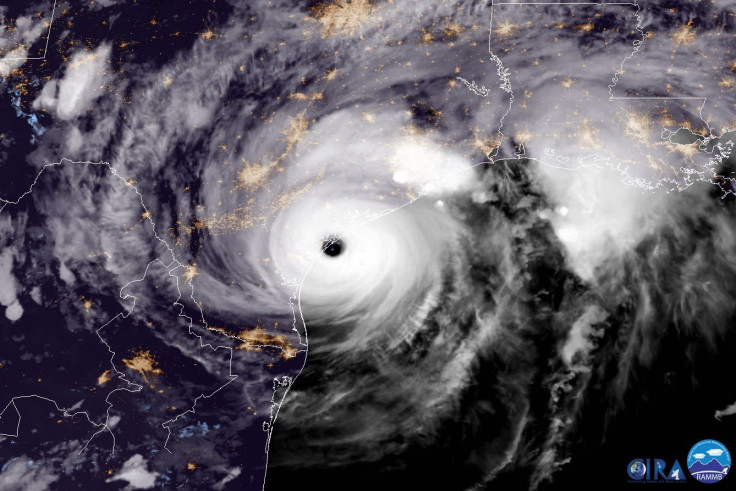
Hurricane Harvey made landfall in Texas Friday night, coming in as a Category 4 storm around 11 p.m. ET. The storm hit near the southeast Texas city of Corpus Christi with massive rainfall and 130 m.p.h. winds.
After causing damage on coastal Texas, downing trees and damaging buildings, the storm was downgraded to a Category 1 on Saturday, with winds of around 90 m.p.h. according to reports. The storm dropped heavy rainfall, as much as 16 inches within 24 hours, and officials fear as the storm lingers over southeast Texas, continued rain will cause flooding. The storm could hang over Texas skies for at least five days.

President Donald Trump announced Friday night on Twitter that he had signed a disaster proclamation for Texas, opening up federal aid for the state at the request of Texas Gov. Greg Abbott.
“At the request of the Governor of Texas, I have signed the Disaster Proclamation, which unleashes the full force of government help!” wrote the president on Twitter.
At the request of the Governor of Texas, I have signed the Disaster Proclamation, which unleashes the full force of government help!
— Donald J. Trump (@realDonaldTrump) August 26, 2017
Abbott’s request outlined the fear of the effect the storm could have on Texas.
“The storm surge, coupled with the deluge of rain, could easily lead to billions of dollars of property damage and almost certainly loss of life,” Abbott wrote. “It is not hyperbole to say that if the forecast verifies, Texas is about to experience one of the worst natural disasters in the history of the state.”
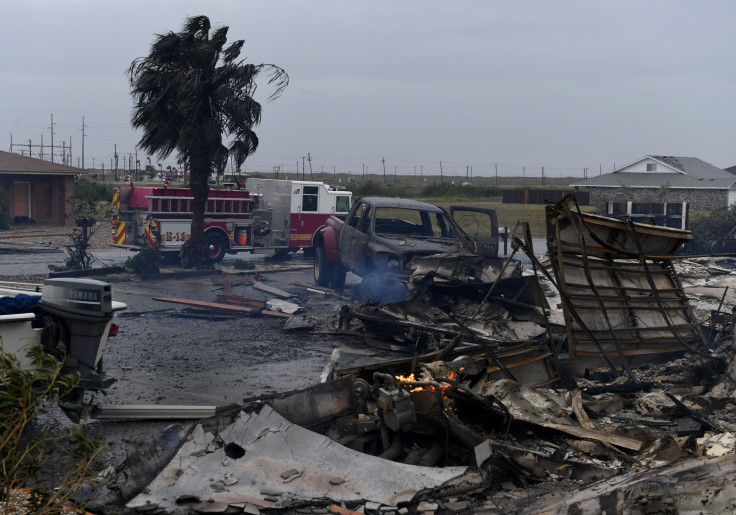
The Department of Health and Human Services announced Friday it had called up 460 National Disaster Medical System staff in preparation for the storm. That group includes doctors and nurses.
Widespread structural damage in Rockport. #harvey pic.twitter.com/fA2WLg2YqQ
— Jeff Gammons (@StormVisuals) August 26, 2017
Because the storm is ongoing, officials are still trying to assess the damage. Over 200,000 people are already without electricity and Corpus Christi is telling its residents to boil their water. Town officials in Lockport, just north of Corpus Christi, reported that its historic downtown had seen excessive damage, according to the Associated Press.
Hurricane #Harvey continues to pound #PortLavaca #Texas with wind and storm surge. Like a washer machine on heavy duty cycle. pic.twitter.com/XIxFZsaKUO
— Rob Marciano (@RobMarciano) August 26, 2017
Hurricane Harvey is the strongest hurricane to hit the U.S. since 2005 when Hurricane Wilma hit Florida. That year saw two other powerful storms hit the U.S.: Hurricane Rita and Hurricane Katrina.
President George W. Bush’s poor handling of Katrina weighed heavy on the minds of politicians, Republican Sen. Chuck Grassley of Iowa tweeted at the president to not make the same mistakes as Bush.
“Got your message loud and clear. We have fantastic people on the ground, got there long before #Harvey. So far, so good!” Trump responded on Twitter.
.@ChuckGrassley - got your message loud and clear. We have fantastic people on the ground, got there long before #Harvey. So far, so good!
— Donald J. Trump (@realDonaldTrump) August 26, 2017
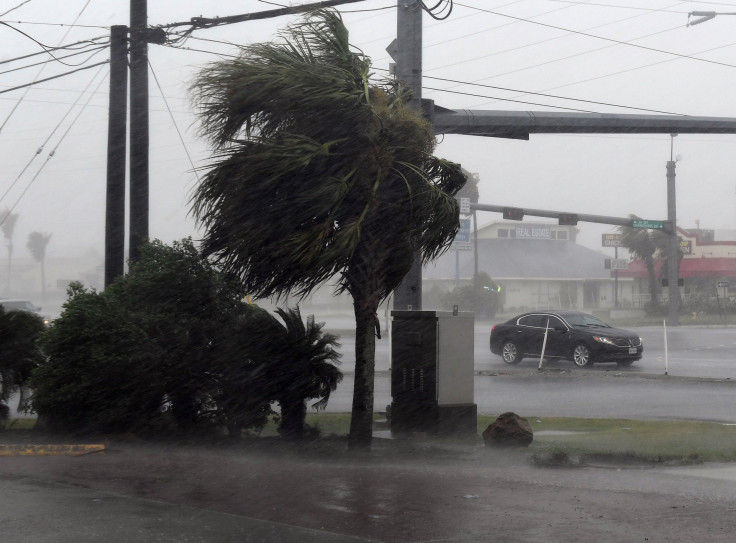
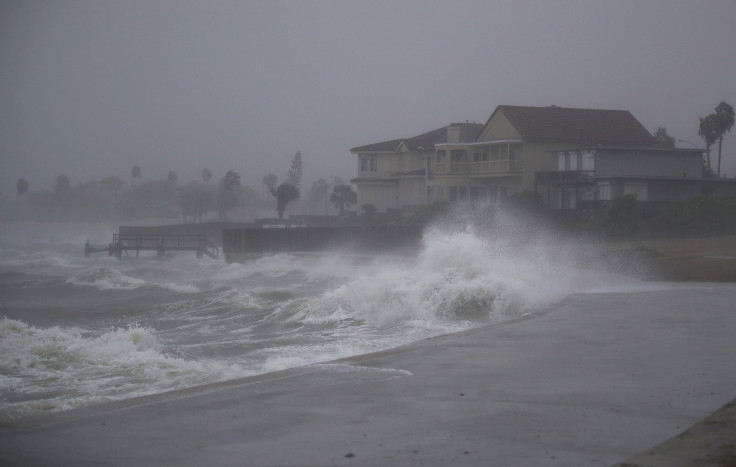
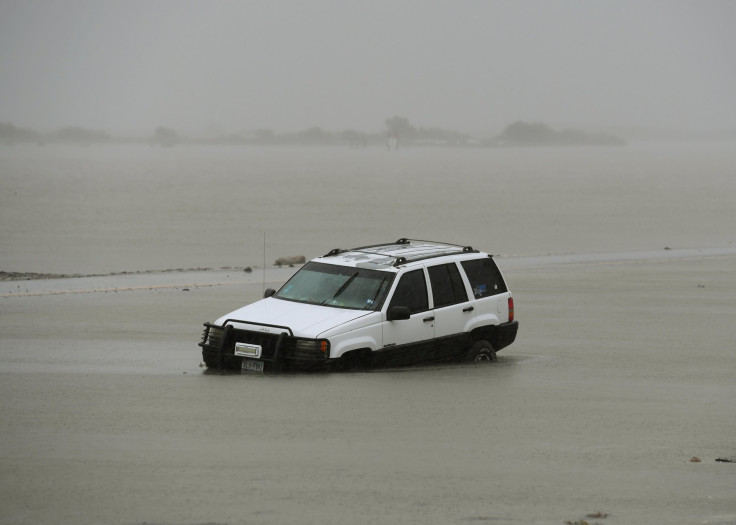
© Copyright IBTimes 2024. All rights reserved.





















